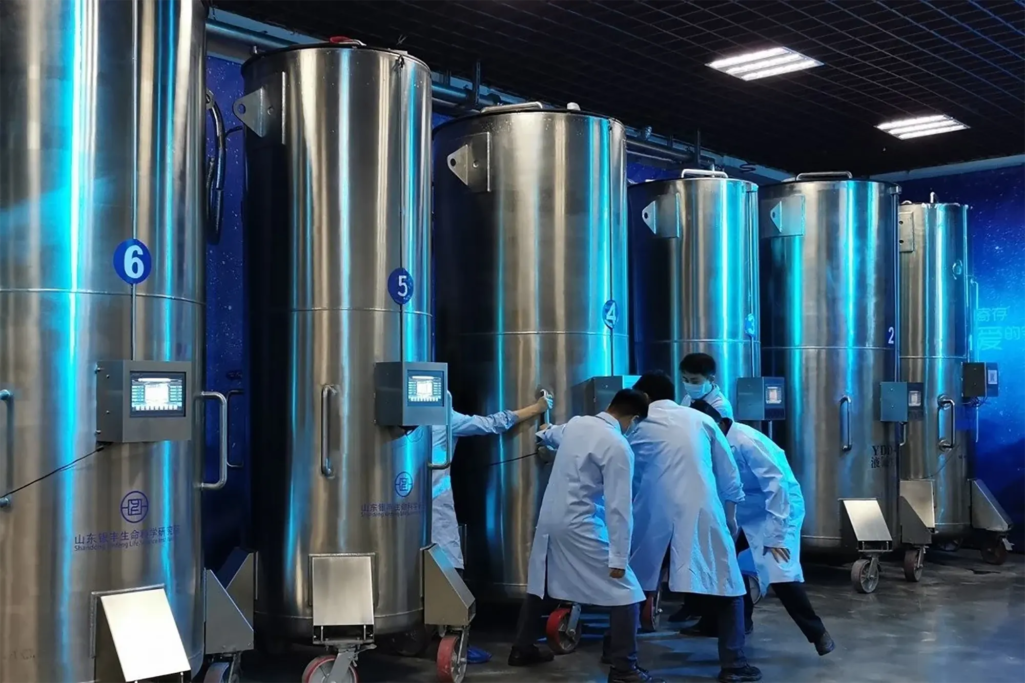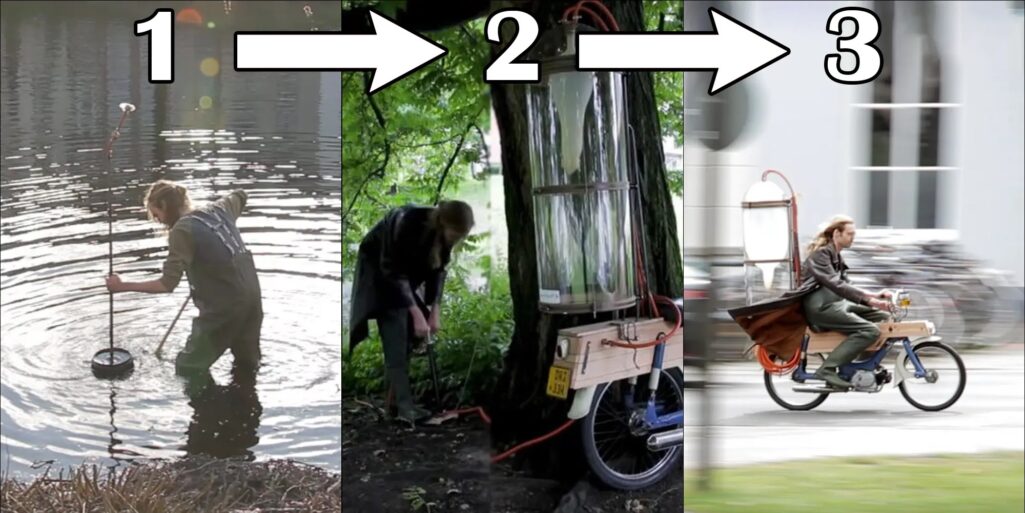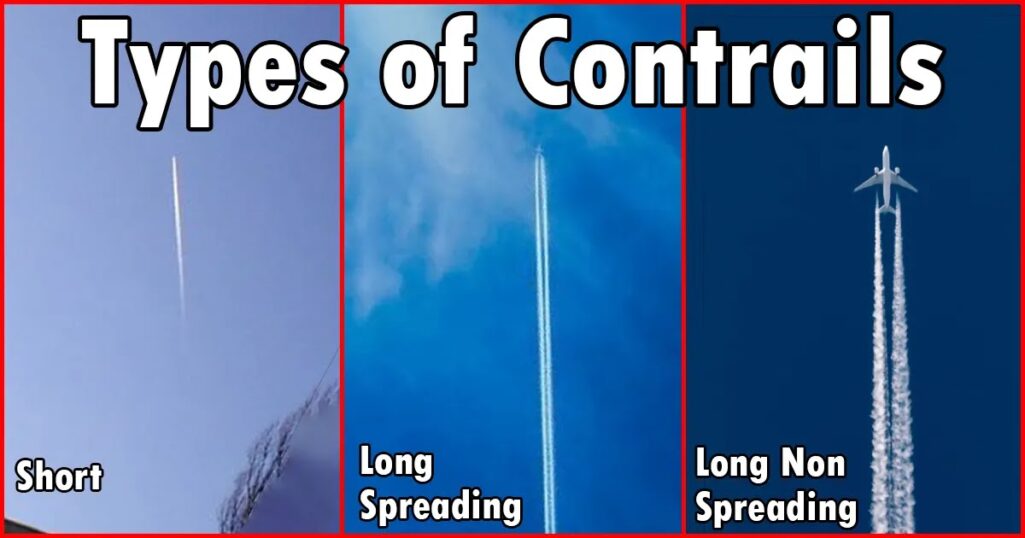
The next time you hear an airplane flying in the sky, you can easily find it through the traces it leaves, white smoke trails, or that is what you can say before knowing precisely what they are.
All most every plane produces this white smoke behind it, whether it was a small single-engine or large four-engine aircraft. This trail would stay in the sky for a period of time, some stay longer, and some just disappear quickly. Yes, there are different types of trails.
Why do airplanes leave behind them white smoke trails? After all, cars, trucks, and many other vehicles do not leave white smoke trails behind them, so why would airplanes?
Combusted Smoke Or Condensed Vapor?
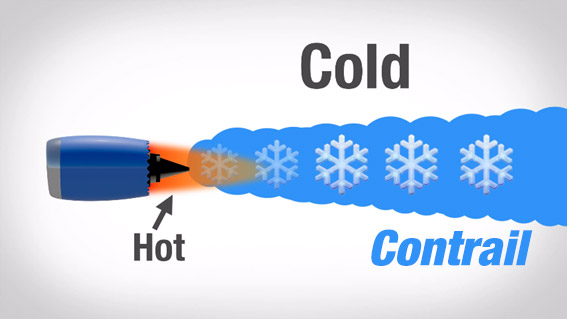
People always refer to airplane trails as “smoke,” thinking that these are some exhaust gases released after the combustion process. Yes, of course, exhaust gases are being released from the jet engine, but they are not the white trail we observe.
When the engine releases its exhaust gases, moisture is also released with it. And due to the fact that the exhaust gases and the moisture is hot and is being released into an atmosphere of low pressure and temperature, condensation will occur.

This process of mixing and condensing will eventually create what is like a cloud. As the engine continues to release exhaust gases at a high altitude of low pressure and temperature, the clouds will start forming white trails that are known as contrails “condensation trails.”
The contrail shape and duration will change depending on the:
- Altitude
- Temperature
- Pressure
And many other factors. This takes us to the second point, contrail types.
Contrail Types
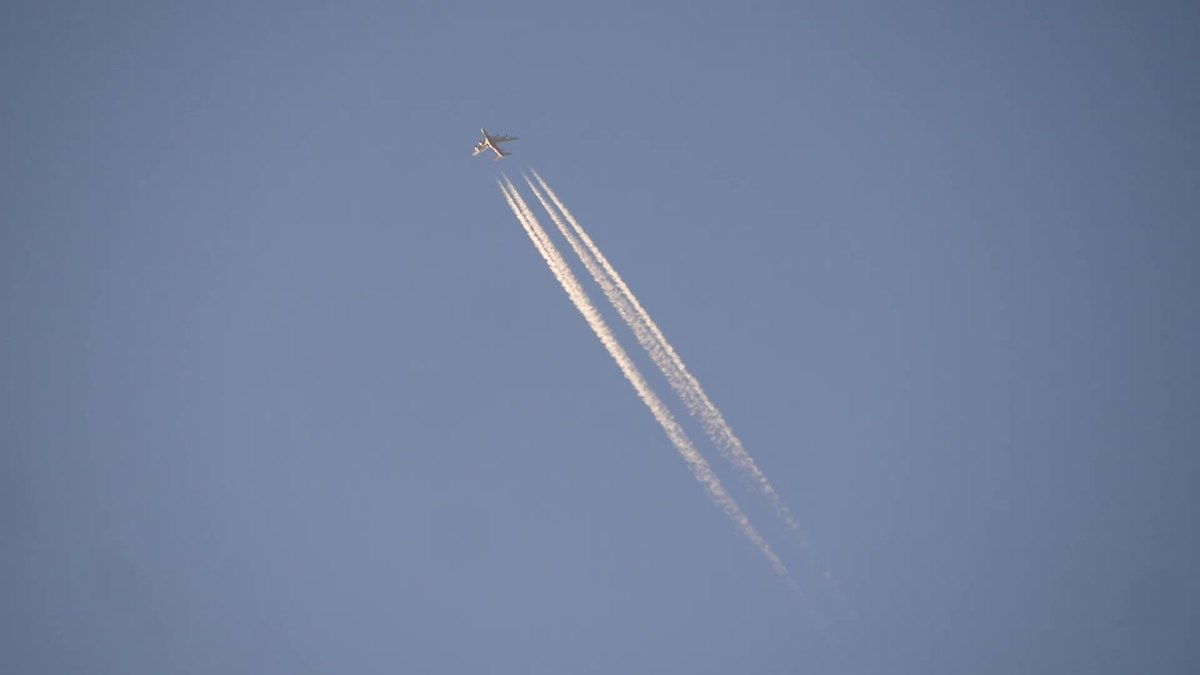
Airplanes usually leave white contrails behind them, but they are not all the same. Let’s take a look at the three types of trails produced by airplanes:
1. Short-lived contrails
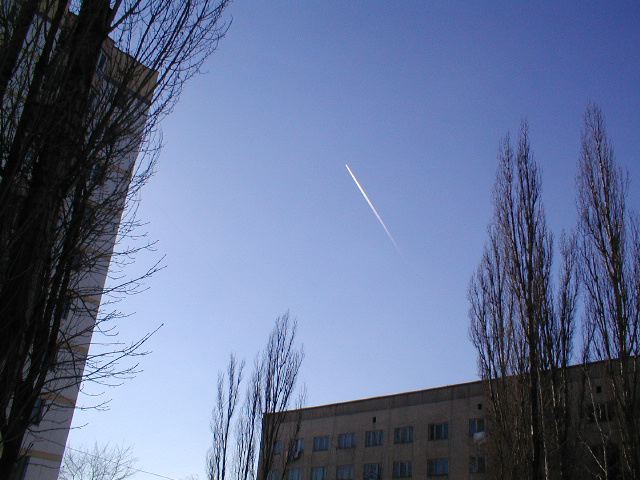
Short-lived contrails: are those short white lines that appear in the sky. They usually stay for a few minutes after formation and then start to disappear.
2. Persistent non-spreading contrail
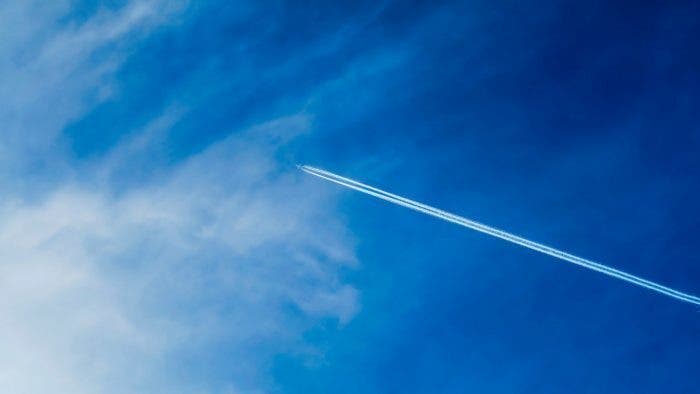
Persistent non-spreading contrails: are those long white trails that the plane leaves behind it. They usually stay longer in the sky and could be noticed in the sky even after the airplane has completely disappeared from the view.
3. Persistent spreading contrails
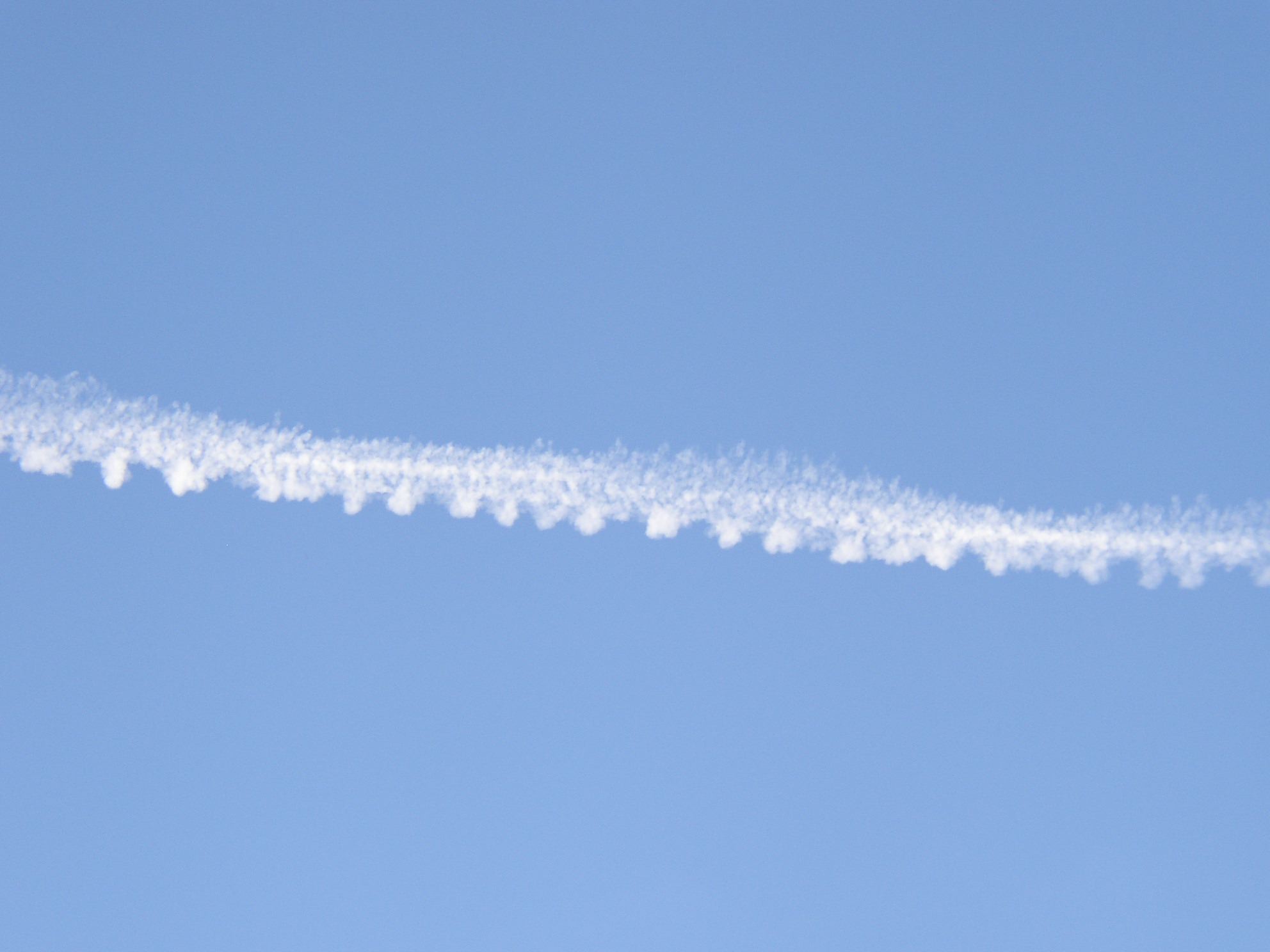
Persistent spreading contrails: are similar to non-spreading trails, but they have a different shapes. They are usually distributed among larger areas and have a more cloudy look than a line or curved look.
Are they Safe Or Dangerous?
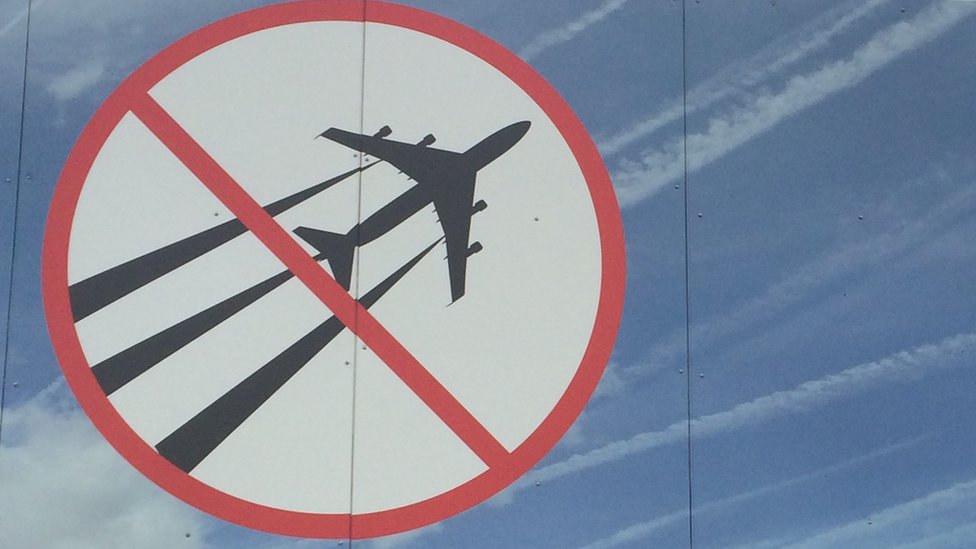
Even though some components in the gas do not contribute to the creation of contrails, they are still considered pollutants. Carbon dioxide, water vapor, nitrogen oxides (NOx), carbon monoxide, and many others are typical airplane emissions.
Normal contrails observed behind planes are not dangerous. Their primary component is pure water. In addition, jet fuel is carefully filtered to eliminate as many pollutants as possible.
An engine repair is incredibly expensive, costing millions of dollars. For this reason, airliners take every effort to ensure that the fuel utilized within the aircraft is of the highest quality.
The myth of chemtrails

Chemtrails: is the term used to refer to the theory that says that airplanes leave behind chemical or biological agents in the sky. It sometimes also refers to the possibility of modifying or changing the weather conditions by the airplane’s contrails.
They are all old-age conspiracy theories that are all evident-less. But as we said before, contrails are just vapor or moisture condensation that are produced due to pressure and temperature changes.
Black Trail Vs. White Trail

The majority of airplanes produce a white “smoke” trail; however, some may leave a black smoke trail. Condensation in exhaust gases does not create black smoke trails.
Incomplete combustion processes instead cause them. Airplanes, like cars and trucks, use combustion to generate power. Fuel is fed into the combustion chamber of the engine, where it is ignited to generate power.
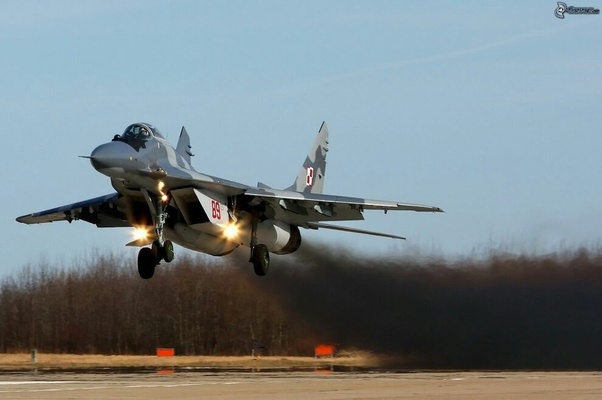
This process, known as combustion, is necessary for forwarding motion. However, certain planes may use an incomplete combustion method, in which some of the fuel is not entirely burnt.
If an engine does not burn all of the fuel given to it, the extra fuel is discharged through the aircraft’s exhaust system, leaving a black smoke trail behind the plane. Black smoke trails like these became widespread throughout the twentieth century. Aerospace technical advancements now allow for a more valuable and effective combustion process, lowering the likelihood of black smoke trails.
How do pilots use planes to write in the sky?

If you’ve ever been to an air show, you’ve probably seen planes writing messages in the sky with what appear to be clouds. So these were contrails, right? Mmm, not exactly.
These skywriters use special unique smoke generating machines to write in the sky. Smoke machines are typically made up of pressure cylinders filled with oil. The machines pour oil into the plane’s hot exhaust system, where it burns fast and generates clouds of dense white smoke in the pilot’s direction.
Skywriting has a long history. There have been records of successful skywriters prior to WWI, maybe as early as 1915. Today, skywriters use satellite navigation to program messages prior to flight, enhancing accuracy.



